Utilizing fresh herbs in cold weather meals introduces a transformative element to the dining experience.
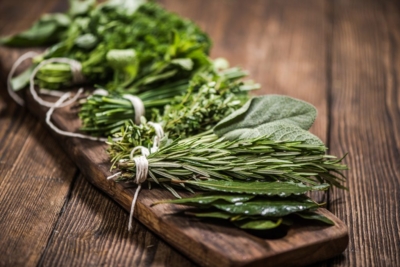
Beyond the traditional expectations of winter dishes, the addition of herbs brings a burst of flavor that elevates the overall taste profile. Whether it’s the aromatic richness that fills the kitchen or the visual appeal of vibrant green hues contrasting with winter’s earthy tones, cooking with fresh herbs play a pivotal role. They bring balance to the often hearty and rich flavors of cold-weather fare, preventing the palate from feeling overwhelmed.
Cooking with fresh herbs contribute not only to taste but also to the nutritional value of the meals, adding vitamins, minerals, and antioxidants. Versatile in their application, herbs can be incorporated as garnishes, in sauces, or as marinades, enhancing a wide array of winter recipes. Ultimately, the use of fresh herbs turns winter dining into a more vibrant, flavorful, and visually delightful experience.
In this guide, we’ll introduce you to some commonly available fresh herbs found in our greenhouse during the winter season. These herbs thrive can elevate your winter cooking, bringing warmth and depth to your dishes.
Discover the culinary wonders of winter with fresh herbs, exploring their unique flavors and the cuisines that make the most of these aromatic additions.
*Please bear in mind that the descriptions provided here are simplified glimpses into various cuisines, offering a starting point for those less familiar or in need of a herbaceous refresh for winter culinary adventures.*
Mediterranean
As winter settles in, the heart of Mediterranean cuisine, characterized by its reliance on olive oil, wheat, and grapes, provides a comforting canvas for herb-infused dishes. Elevate your winter meals, add bursts of flavor, and enhance the visual appeal of your creations with the aromatic wonders of herbs. Among the winter culinary stars in Mediterranean cuisine are rosemary, oregano, basil, and sage. While this list merely scratches the surface, these herbs are often cherished in our own households.
- Rosemary – Sharp flavor with notes of piney pepper and a lingering woody after taste. Infuse your favorite oil, or level up your next chicken dish. Our favorite recipe: Rosemary Roasted Potatoes
- Oregano – Peppery warmth and a pungent taste, contributing a cozy and flavorful element. Pairs well with pasta, pizza, and legumes such as chickpeas or lentils. Our favorite recipe: Tomato Oregano Pizza
- Basil – A sweet peppery flavor profile that adds a delightful freshness. Add to your homemade tomato sauce, or make your own pesto. Our favorite recipe: Caprese Skewers w/ Balsamic Drizzle
- Sage – Warm and robust, with a hint of bitterness. Best in stuffings, cream-based sauces, or even in scones. Pairs well with pumpkin or squash. Our favorite recipe: Veal Saltimbocca w/ Proscuitto & Sage
European/English
European cuisine stands out for its remarkable diversity, offering something to delight every palate. Within its vast repertoire of meals, ingredients, and flavors, there’s ample space for an extensive selection of herbs. While the list below doesn’t encompass the entirety of European culinary herbs, these are commonly found in households or easily accessible. Integrate thyme, dill, sage, parsley, and tarragon into your culinary ventures to experience the brilliance of European cuisine.
- Thyme – A warm, peppery, herbal flavor profile. Works well in soups, roasted vegetables, pasta, sauces, pizzas. Our favorite recipe: Herb Roasted Turkey
- Dill – Tangy citrus-like taste with grassy undertones. Pairs well with lemon and cucumber with seafood or veggies. Our favorite recipe: Creamy Potato Dill Soup
- Sage – A very savory, earthy, and warm flavor profile. Best in stuffings, cream-based sauces, or even in scones. Our (other) favorite recipe: Sage + Honey Skillet Cornbread
- Parsley – Subtle flavor which is mildly bitter with touches of peppery and earthy flavors. Delicious in an omelette, or most vegetable dishes. Our favorite recipe: Brussels Sprouts w/ Cranberry Mostarda
- Tarragon – Slight sweet and slightly bitter with flavors of licorice and/or anise. Pairs well with chicken, fish, shellfish, butter, and cream. Our favorite recipe: Tarragon Roasted Halibut w/ Hazelnut Brown Butter
Latin American
In the vibrant realm of Latin American cuisine, the utilization of the finest herbs and spices takes center stage, transforming ordinary dishes into extraordinary culinary delights. With staples like corn, beans, rice, vegetables, and meats forming the foundation of Latin American culture, the addition of herbs elevates the tastefulness to unparalleled heights. Among the familiar herbs found in our households that play a pivotal role in Latin American culinary creations are oregano and cilantro. These herbs contribute their unique flavors, enhancing the authenticity and richness of Latin American dishes
- Mexican Oregano – Savory, citrusy, grassy flavor. Pairs well with ancho chilis, beans, or white meat. Our favorite recipe: Mexican Shredded Beef Tacos
- Cilantro – A controversial herb that for some tastes like soap (there is a scientific reason for this one) and for others has a citrusy flavor profile. Use as a garnish for your favorite soups or stews or elevate your tacos. Our favorite recipe: Cilantro Lime Rice
Asian
Asian cuisine, ranging from savory to sweet, vegetables to meat, never fails to captivate with its rich tapestry of fragrances and vibrant colors. Placing a significant emphasis on texture, color, flavor, and aroma, Asian culinary traditions boast a remarkable integration of herbs that elevate every dish. Among the familiar herbs commonly found in households and widely used in Asian cuisine are lemongrass, basil, and cilantro. These herbs contribute their distinctive flavors, enhancing the sensory delight that defines the exquisite world of Asian culinary creations.
- Lemongrass – Citrusy and vibrant flavors with a hint of lemon mint. Commonly conspires w/ ingredients like garlic, ginger, cilantro, Thai basil, shallots. Our favorite recipe: Vietnamese Lemongrass Chicken
- Thai Basil – An anise and licorice-like flavor with a slightly spicy side. Best used in stir-fries, curries and soups, and pairs well w/ chicken, pork, and beef. Our favorite recipe: Thai Basil Tofu Stir-Fry
- Cilantro – Boasts a citrusy flavor profile; and, for some individuals, it can evoke a soapy taste (there’s a scientific reason behind this). Pairs well with citrus fruits, root vegetables and curries. Our favorite recipe: Cilantro Lime Noodles
Although the realm of culinary herbs is vast, and various global cuisines offer a multitude of flavors, we trust this provides a modest starting point for your journey into the diverse world of winter cooking with fresh herbs.
Happy Cooking!

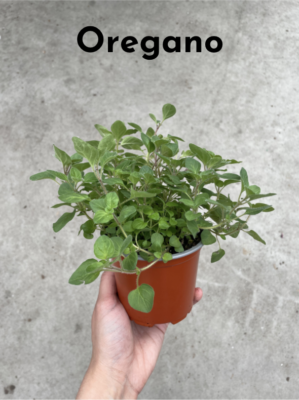
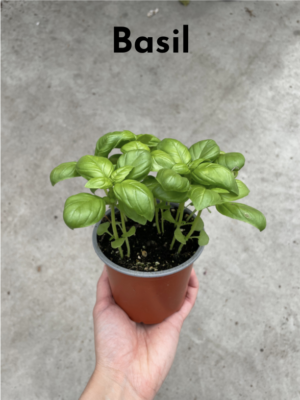
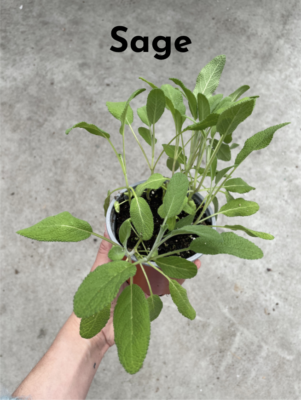
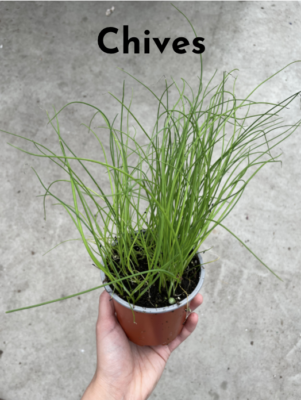
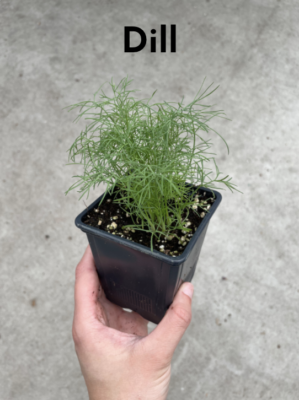
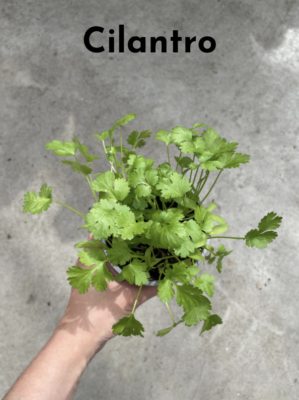
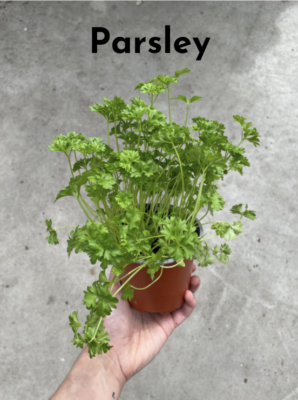
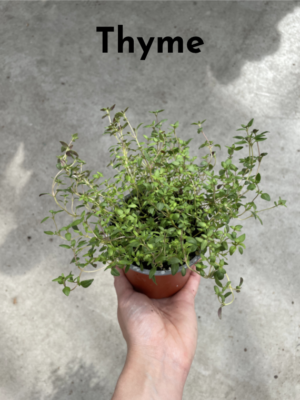
*Lemongrass & Tarragon not pictured*